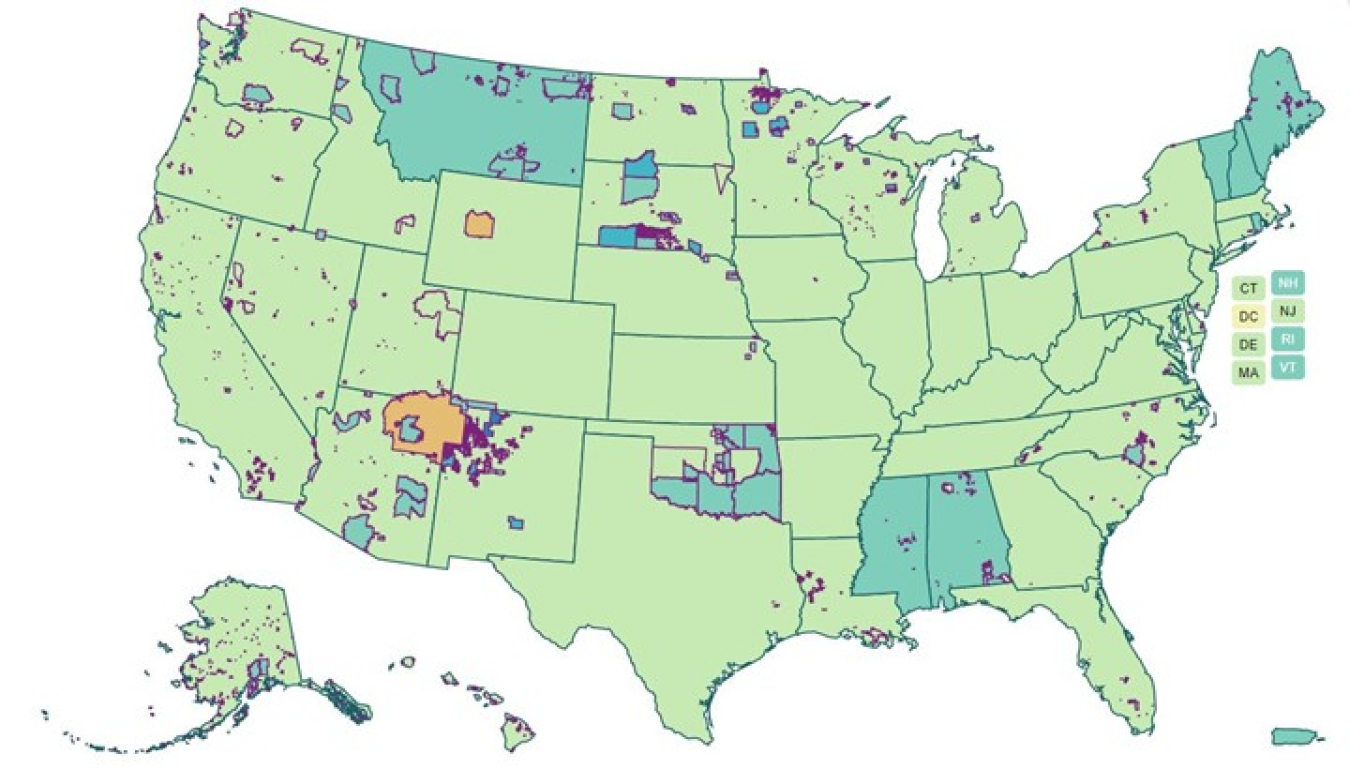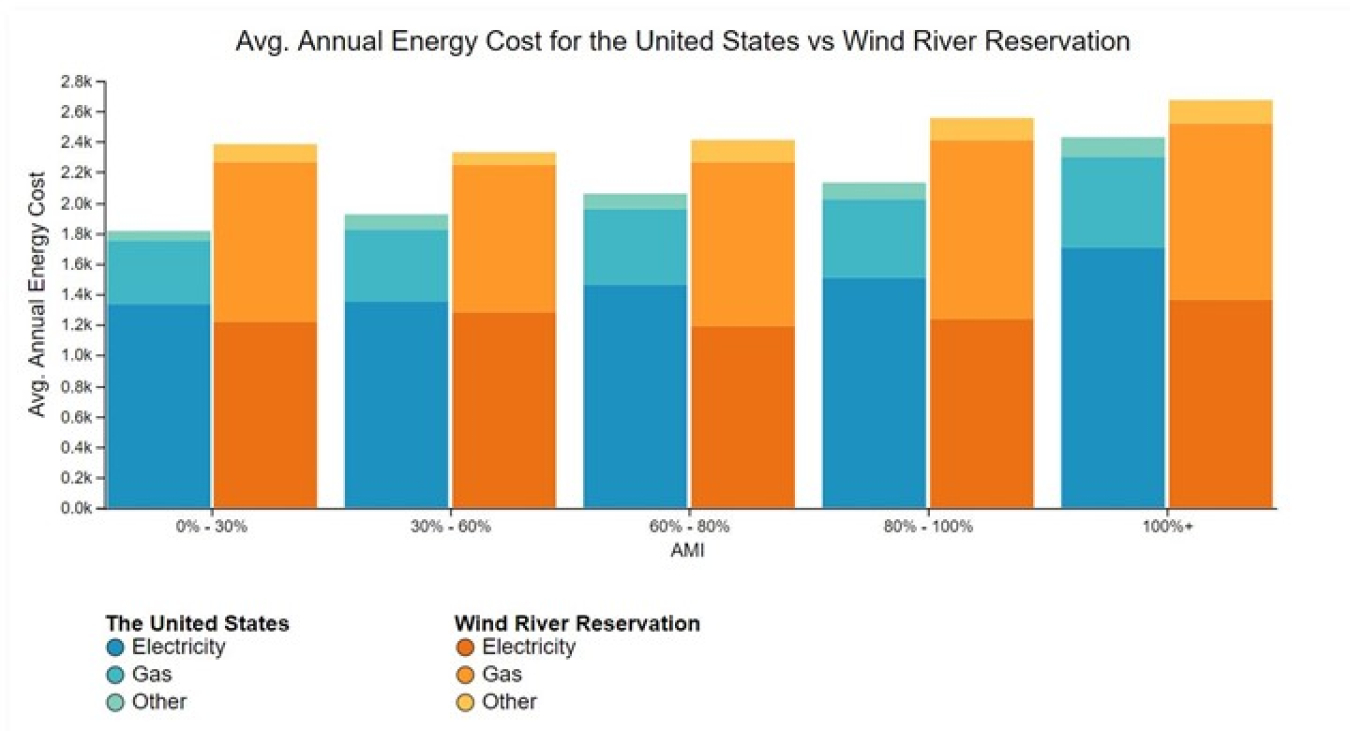Learn more about the LEAD tool.
Office of Indian Energy Policy and Programs
November 15, 2021Watch the Nov. 30 LEAD Tool Webinar Recording
This webinar introduced the LEAD Tool to understand how to make data-driven decisions when planning for tribal energy goals.
LEAD Tool Sheds Light on Relative Cost of Energy for Tribal Nations
Did you know, the percentage of household income spent on energy is 3 times higher for low-income households compared to the U.S. national average? Known as energy burden, this disproportionately higher cost of energy also holds true for many tribes around the country.
Now, tribes can gain new insight into their own energy burden with the Low-Income Energy Affordability Data (LEAD) Tool to make informed, data-driven decisions when planning their energy goals.
The LEAD Tool is a publicly available online, interactive platform that provides users insight into various energy and housing characteristics within low- and moderate-income geographical regions, with insights based on income, energy expenditures, fuel type, and housing type.
"The Office of Indian Energy felt it important to recognize tribal communities and incorporate tribal boundaries into the LEAD Tool," says senior engineer and deployment supervisor for the Office of Indian Energy, Lizana Pierce. "We hope resources such as this will provide Tribal Nations the information they need to make data-driven decisions about their energy future."
As a result, in August 2021, the tool was expanded to include housing and energy data for Tribal Nations, providing data and insights that enable tribes to make informed, data-driven decisions that address high energy burdens (the percentage of income spent on energy bills) and advance their energy goals.

"Through charts, graphs, and data, the tool also allows users to compare information to other geographic regions, such as states, counties, other tribal areas, or the entire United States," says LEAD Tool developer at the National Renewable Energy Laboratory, Aaron Vimont.

The LEAD Tool is available online and can be accessed through the Office of Indian Energy resource library, or access the LEAD Tool web page directly.

